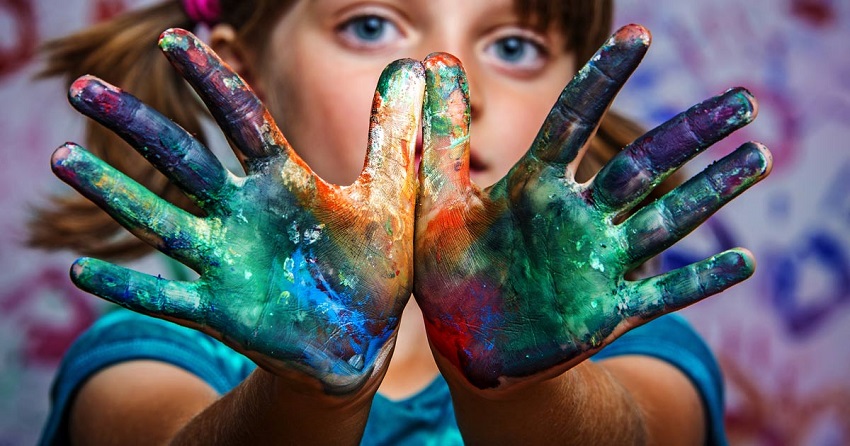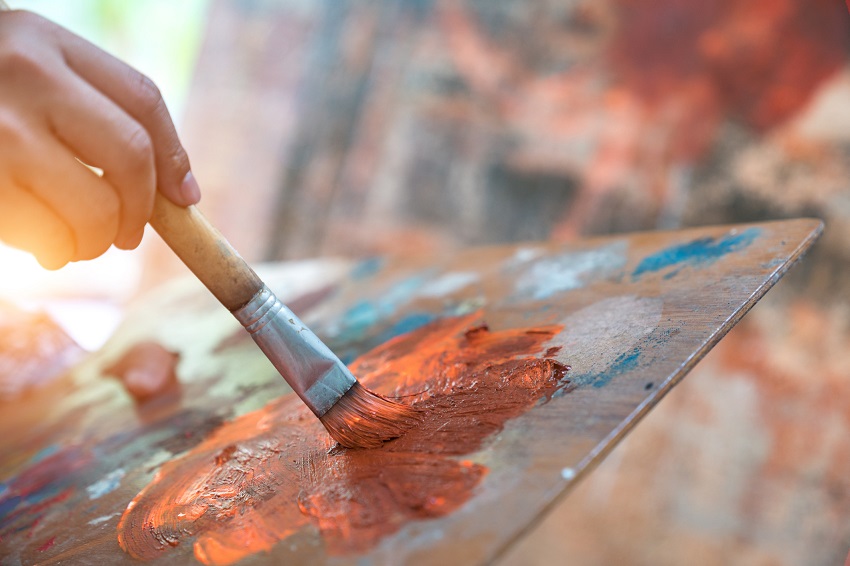
29 Jul How is Art Therapy Like?
Art therapy is a unique form of therapeutic practice that combines the power of creative expression with the healing process. Unlike traditional talk therapy, art therapy allows individuals to communicate their thoughts, emotions, and experiences through various art forms. This article explores the fascinating world of art therapy, its benefits, and how it can be a transformative tool for individuals seeking personal growth and healing. This article is provided by anxietyfightersguide.com
What is Art Therapy?
Art therapy is a therapeutic technique that utilizes the creative process of making art to improve a person’s mental, emotional, and even physical well-being. Trained art therapists guide participants through various art exercises, providing a safe and non-judgmental space for them to explore their feelings and thoughts.
The Power of Creative Expression
Art therapy is a unique form of therapy that taps into the power of creative expression. By engaging in art-making, individuals can discover what is art therapy and communicate and process emotions that they might not easily express through words alone. This provides an outlet for emotional release and self-discovery, making it a powerful tool for personal growth and healing.
The Therapeutic Relationship
Central to art therapy is the therapeutic relationship between the art therapist and the participant. The therapist uses their expertise to interpret the artwork and facilitate discussions that promote self-awareness and insight.
The Benefits of Art Therapy
Art therapy offers a myriad of benefits for individuals facing various challenges in life. Some of the key advantages include:
1. Emotional Release and Stress Reduction
Creating art can be a cathartic process, enabling individuals to release pent-up emotions and reduce stress levels. It acts as a form of emotional purging, leading to a sense of relief and relaxation.
2. Enhanced Self-Expression
For individuals who struggle to express themselves verbally, art therapy provides an alternative means of communication. The art created becomes a visual representation of their inner thoughts and feelings.
3. Boosting Self-Esteem and Confidence
The process of creating art and witnessing one’s creative abilities can significantly boost self-esteem and confidence. Accomplishing artistic tasks fosters a sense of achievement and self-worth.
4. Promoting Mindfulness
Art therapy encourages mindfulness by focusing on the present moment during the art-making process. This heightened awareness can reduce anxiety and increase self-awareness.
5. Resolving Trauma and PTSD
Art therapy has shown promising results in helping individuals process and cope with trauma, including post-traumatic stress disorder (PTSD). It allows trauma survivors to explore and express their experiences in a safe environment.
How Does Art Therapy Work?
Step 1: Assessing Needs and Goals
At the beginning of art therapy, the art therapist assesses the individual’s needs and goals for the therapeutic process. This assessment helps tailor the art exercises to address specific concerns.
Step 2: Exploring Various Art Forms
Art therapists introduce participants to a wide range of art materials and techniques, such as painting, drawing, sculpting, and collage. Each medium offers a unique way of expressing emotions and thoughts.
Step 3: Creating Artwork
Participants are encouraged to create artwork based on their emotions, memories, and experiences. The focus is on the process of creation rather than the final product.
Step 4: Artwork Interpretation
After completing the art-making process, the therapist and participant analyze the artwork together. The therapist helps the individual explore the symbolism and significance behind the art.
Step 5: Integration and Reflection
Through discussions and reflections on the created artwork, the individual gains insights into their thoughts and feelings. These insights can then be integrated into their daily life to foster growth and healing.
Who Can Benefit from Art Therapy?
Art therapy is a versatile form of therapy that can benefit people of all ages and backgrounds. It is particularly helpful for individuals facing:
- Anxiety and Depression
- Stress-related Issues
- Trauma and PTSD
- Grief and Loss
- Emotional Difficulties
Conclusion
Art therapy is a powerful and transformative therapeutic approach that harnesses the creative process to promote healing and personal growth. Through creative expression, individuals can find solace, understanding, and a deeper connection with themselves. Whether facing emotional challenges or simply seeking self-discovery, art therapy offers a unique and effective way to navigate life’s complexities.
FAQs About Art Therapy
- Is art therapy suitable for children?
Absolutely! Art therapy is especially beneficial for children as it provides a non-threatening and expressive way for them to communicate their feelings and experiences.
- Do I need to be an artist to benefit from art therapy?
No artistic skills are required to benefit from art therapy. The focus is on the process of creation and self-expression, not on artistic proficiency.
- How many art therapy sessions are recommended?
The number of sessions varies depending on individual needs. Some people may find relief after a few sessions, while others may benefit from ongoing therapy.
- Can art therapy be used in conjunction with other therapies?
Yes, art therapy can complement other therapeutic approaches and be part of a comprehensive treatment plan.
- Can art therapy be done individually or in a group setting?
Art therapy can be conducted both individually and in a group setting. Group sessions can foster a sense of community and support among participants.


No Comments